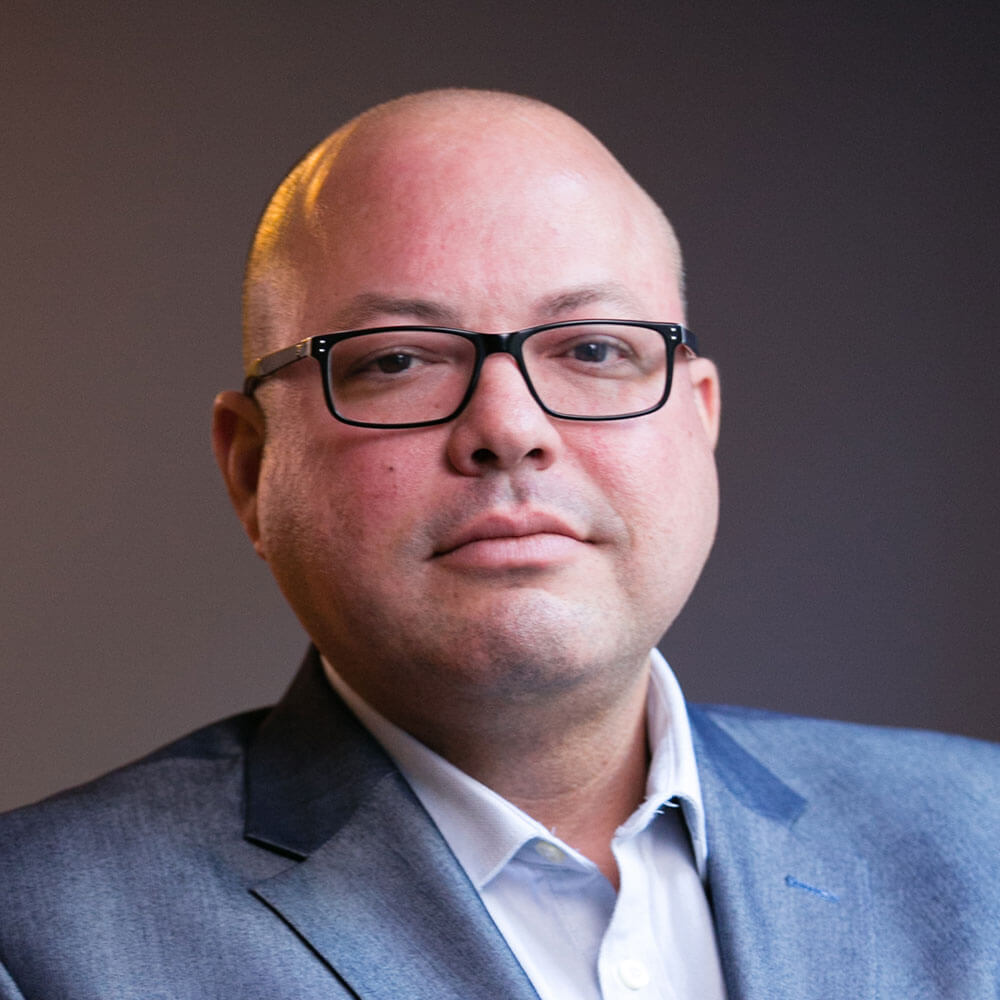
Posted March 07, 2023
By Ray Blanco
Innovation Can Save Us All
If you can’t tell, I’ll tell you: I’m an optimist, not a pessimist, about our trajectory as a species.
As technology improves, human conditions tend to improve as well. And while past results are no guarantee of future performance, the general trend of human history is one I’d rather not bet against.
So I’m long innovation.
Here at Paradigm, we have a channel in our Slack app that’s for discussion among editors.
We brainstorm and bat around all kinds of ideas, some crazy, some not so much, and while it’s work-related, it's a lot of fun.
One exchange revolved around an economic idea called creditism popularized by an economist called Richard Duncan.
One example he brought up in a podcast is to greatly increase funding for the National Cancer Institute, which recently had its budget raised to $7.3 billion for the current fiscal year, ostensibly to fund President Biden’s “Cancer Moonshot” idea.
Cool idea. Spend a lot of money on something, like the 1960s space program, and you could end up with a huge advance, like landing on the moon in 1969.
But it’s been tried before, going back to President Nixon’s “War on Cancer” back in 1971 and obviously, that hasn’t worked out.
Cancer is not like a moonshot... There is no magic bullet for cancer.
I hate to be a naysayer, but it's true. We've been searching for a magic bullet going back at least as far as Paul Ehrlich, the father of chemotherapy and winner of the Nobel Prize in Medicine all the way back in 1908.
A cure for cancer isn't something we know how to do. It requires more than solving an engineering problem—it needs a scientific breakthrough.
Breaking Down Barriers for a Breakthrough
Even though I say curing cancer is going to take major breakthroughs, that doesn’t mean I’m a pessimist.
Surely, we've learned a lot since 1971 and we are still learning a lot today. I’m definitely still an optimist.
We've whittled away at the problem since Nixon first declared war nearly 45 years ago.
The National Cancer Institute keeps a database on cancer incidence and death rates. Every year, the risk of death following a cancer diagnosis falls a little bit.
A fraction of a percentage one year, maybe a full percent the next. In 1975, for all cancers, the 5-year survival rate after diagnosis was under 49%.
Today, it’s almost 69%. So we’ve gone from less than half to well over half over the past 48 years.
But those numbers are probably understating the amount of cancer survival improvement we’ve seen because we’re a whole lot better at treating other big killers like heart disease.
But even without accounting for that, what we see is continual small improvements in our war on cancer, not a moonshot that solves the problem in a single blow.
As I mentioned, the Feds are funding cancer R&D at over $7 billion per year, and NCI funding generally only gets increased with every new budget that gets signed into law.
But that’s only a small fraction of what gets spent. Private entities, like biotech companies, spend somewhere in the neighborhood of $250 billion per year.
They don’t do it just to save lives, of course, although I’ve known many scientists at such companies that really want to help.
It’s a business, so they are looking to provide value via cancer cures that can produce a return on investment.
So, the industry keeps spending the money, because an effective new drug will generate huge profits while it remains patent protected.
And companies will pay good money to acquire a quality cancer therapeutic developer, especially if it has a special sauce for creating new treatments.
We saw that recently with Seagen (originally Seattle Genetics), which has been caught in a bidding war between Pfizer and Merck. It’s reported that Pfizer has offered at least $30 billion, and Merck, $40 billion.
Thanks to the company’s unique and differentiated “armed antibody” technology, it was the first company to receive FDA approval for an antibody-drug-conjugate.
But a company doesn’t have to be first to be great for investors. Sometimes, second or third-generation drugs designed and developed by competitors after a first-in-class is approved are real money machines.
One good example is Ariad Pharmaceuticals. Ariad’s drug was a tyrosine kinase inhibitor, a name for a kind of cancer drug that works by blocking signaling molecules inside cancer cells.
It wasn’t the first drug of its kind.
Novartis’ imatinib changed the game in 2001 when it was approved for chronic myeloid leukemia.
Instead of being a death sentence, CML became a treatable chronic disease for many patients using imatinib.
But Ariad followed that newly blazed trail, developing a drug that worked better in some patients, and could even treat patients after imatinib stopped working.
In 2017, the company was acquired for a big premium over its share price, and investors benefitted.
All of this just goes to show that the biotech industry is ripe for investors that want to dig deep and do the necessary research to find that company that’s working on a diamond in the rough that will improve survival rates, reduce pain, assist treatment, and more.
Even better, as I mentioned above, a company doesn’t have to be the first to do something to see an influx of investors piling in. Improvement is the name of the game here.
And right now is a great time to get involved in biotech investing. Many companies are working on breakthrough treatments and drugs that will improve the lives of humans all over the world.
All it takes is a little digging to find those hidden gems. And as a Technology Profits Daily reader, you can bet I’ve got my finger on the pulse of this industry.
I’ll be sure to bring you some of my most important research as I uncover more about this industry!
Lastly, I’d love to hear back from you on this. Are you excited about the future of biotechnology? Do you think a cure for cancer is possible? Drop me a line and let me know here: feedback@technologyprofits.com

